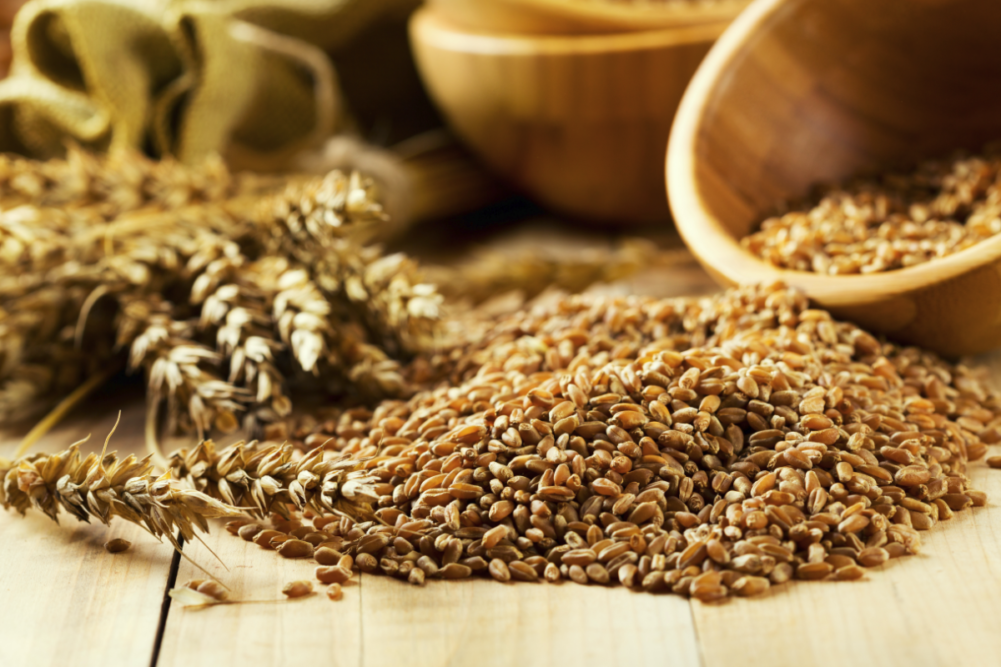BOSTON, MASSACHUSETTS, US — The United States has made modest gains in whole grain consumption this century. The success pales in comparison to Denmark, which could give the rest of the world pointers on whole grain programs.
“We are moving in the right direction, but it’s very small, steady steps,” said Kelly Toups, director of nutrition for Boston-based Oldways, the parent company of the Whole Grains Council, in a webinar run by the Whole Grain Initiative and held on Nov. 19, which was “International Whole Grain Day.”
US whole grain intake per person increased to 0.9 serving per day in 2013-14 from 0.6 serving in 2003-04. The Dietary Guidelines for Americans recommends six servings of grains per day with three of the servings being whole grain. US whole grain intake as a proportion of total grain intake increased to 15.9% in 2015-16 from 12.6% in 2005-06.
Denmark’s whole grain surge began 13 years ago. Mean whole grain intake in Denmark rose to 82 grams per person per day in 2019, which was above the government-recommended intake of 75 grams and compared to 36 grams in 2007, said Gitte Laub Hansen, executive project consultant for the WholEUGrain, a European project for whole grain partnerships.
Efforts to increase whole grain consumption in Denmark have included labeling, product reformulation, youth campaigns and industry partnerships, said Patrizia Fracassi, senior nutrition and food systems officer for the Food and Agriculture Organization of the United Nations. Hansen said the Danish experience will transfer to other countries and lead to new European whole grain guidelines being introduced in 2022.
Whole grain messaging could improve in the United States, Toups said.
“It’s a very crowded media landscape, especially with the internet, social media,” Toups said. “There’s a lot of people who portray themselves as experts, thereby leading consumers to be confused about what constitutes a healthy diet.
“I think if people are getting the same message across all sectors, it’s really going to be more effective. We need to be singing from the same songbook so to speak and continue to spread this fact-based information.”
More public-private partnerships could help as could electing leaders who prioritize public health, she said.
“In the United States we’ve definitely seen some flip-flopping based on who’s in office in terms of whether whole grains are going to be an important part of school meals and institution feeding,” she said.
Research could focus on finding out whether eating whole grains improves not only the human health of a country but its financial health, too.
The Whole Grains Council offers a Whole Grain Stamp that is found on more than 13,000 products in 63 countries. The stamp shows how many grams of whole grains are in a product.
“Public health moves slowly,” Toups said. “It’s often incremental. We find that a lot of consumers have to slowly work their way up to more and more whole grain (consumption) over time. Maybe some customers may start with partially whole grain products and eventually work their way up to entirely whole grain products.
“Our goal is making sure there is something out there for everyone no matter where they are on their whole grain journey. We don’t want to leave anyone behind.”
Like the United States, Australia has trouble with messaging and funding for whole grains, said Sara Grafenauer, general manager of the Grains & Legumes Nutrition Council in Australia. Whole grains are not depicted visually in representations of Australia’s dietary guidelines. Issues with taste and cost hinder whole grain consumption in Australia as does a fear of carbohydrates, she said.
Whole grain proponents in Australia focus on social media, which is a crowded space just like in the United States, Grafenauer said. The Grains & Legumes Nutrition Council ran a “Whole Grain Week” in June that featured television and radio advertising and reached 9 million people.
“It’s hard because we do lack broader campaign funding,” Grafenauer said.
The Whole Grain Initiative seeks to increase whole grain intake worldwide. The Whole Grains Council and Oldways, a non-profit organization, are partners in the Whole Grain Initiative as are other industry organizations, universities and companies.





